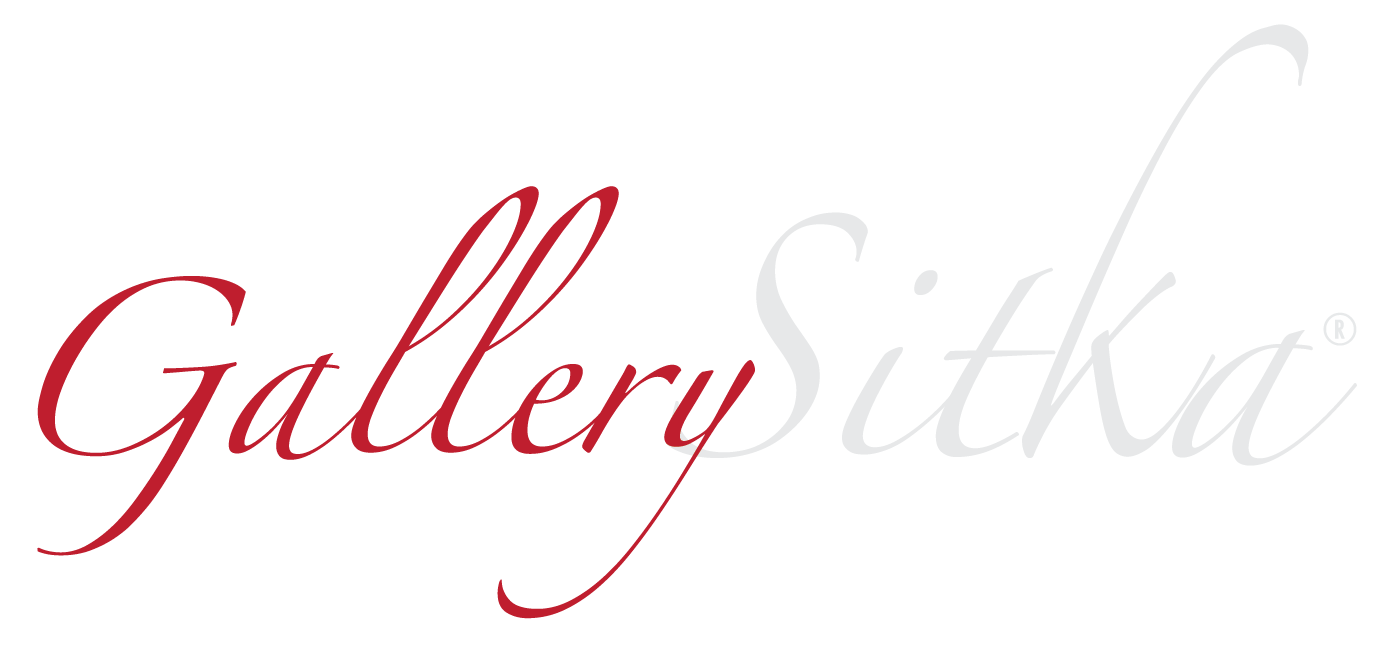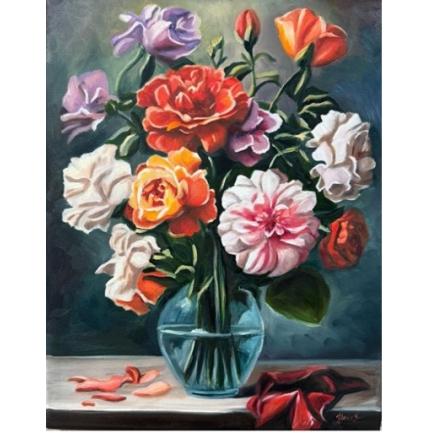FOR IMMEDIATE RELEASE
April 7, 2022
Contact: Tamar Russell Brown — 978.425.6290
One Man’s Artistic Journey along the American Coastline: Architect Creates Maps by Hand with Pen & Ink and Watercolors
NEWPORT, R.I. — “Men are a lost tribe,” says architect Joseph Tarella. “That’s why we need maps.”
The artist has had a lifelong fascination with maps of all kinds, but his primary focus has been on the coastline of the continental United States. He has drawn maps of that coastline from Cape Cod down to Corpus Christi, Texas, each one painstakingly researched and exquisitely executed. But while they are accurate renderings of the places they represent, they are essentially artworks, created with pen & ink and watercolors. These unique pieces will be shown starting on Earth Day, Friday, April 22, 4 – 7 p.m. at Pop-up Gallery Sitka, 227 Spring St. in Newport, R.I.
Mr. Tarella has created (and sold!) hundreds of maps of many locales along the East and Gulf coasts for more than 20 years, and he’s still going strong. Now Mr. Tarella has tackled one of the most storied locales in the Northeast, the shoreline bordering the city of Newport, Rhode Island.
“I haven’t seen anyone doing what I do,” says the artist. He began by revisiting a time when he made a map for a project he was working on as a young architect. Years later, when he designed his own house on Long Beach Island in New Jersey, he found himself reading about the shoreline of that island and then doing his own rough sketches of the coastline. Sketches followed sketches and the process continued as the rendering of the shoreline was refined again and again. Friends and neighbors would see the drawings and recognize the place being represented. Some would ask, “Hey, when that’s finished, can I have one?” Suddenly, before even thinking about selling the maps he made, Joe had customers.
“People were drawn to the maps because they knew the place I was mapping,” Joe recalls. “They accurately represented a place, not some imaginary scene. These were real things, real sights from their own daily lives.” There seems to be a strong emotional response to that sense of connection Joe’s customers have experienced first seeing the maps. The connection with their own homes at a specific location on a given map is very strong. Prospective customers find other spots that are recognizable and that are near and dear to their hearts. “When they look at the map and come upon an area that looks familiar,” Joe recalls, “then that seals it. They buy the map!”
The artist not only familiarized himself with many details of Long Beach Island and its shoreline at the time he created his 2001 map, but he later made a map of the island as it was in 1900. In both cases he found numerous errors — and corrected them. He is therefore exceptionally knowledgeable about every corner of the Island — certainly a good recommendation regarding the practical side of his art and craftsmanship.
Shorelines change over time. Joe read in The New York Times about a weather research project in New Jersey that referred to a collection of maps now in the Rutgers University Library. They date from the 1890s, and naturally show a different picture than the current maps show. “There were very few towns,” Joe notes, and some surprising differences. He compared those older maps with the current ones and began to note the “contradictions” between those 100-year-old maps and those in use today.
Joe identifies with the early navigators who “got in their little boats and sailed across the ocean and somehow got to the New World.” It was these adventurous people who settled the islands and the coasts of New England and the whole eastern seaboard. Art lovers can catch some of that adventurous spirit in Joseph Tarella’s one-of-a-kind creations.
_______________________________________________________
California native Elizabeth Hughes is a tremendously versatile artist. She began as a dancer, turning later to writing in many styles and genres, most notably in poetry. Now, as a painter, she stays “connected to the rhythm, form, and emotion” that she first experienced in her dancing.
Her dramatic and forceful picture “Surviving Tree” depicts a large, long-lived tree that overlooks the ocean in Rhode Island as it goes about the business of surviving the elements, the endless change of seasons, and the constant vicissitudes of climate. While a pleasant blue sky can be seen behind the tree, still there is a dark, lonely quality about the tree itself. The artist seems to be honoring the tree for managing to live through so many years already, and perhaps many more to come.
Ms. Hughes studied the works of painter Frida Kahlo in Mexico in 1993 on a Kinnicutt Grant from the Worcester Art Museum. She has exhibited at many venues over the last 25 years, primarily in Massachusetts and Rhode Island. She currently has work at Roughan McCarthy. Her work can often be found in shows at DeBlois Gallery, The Portsmouth Arts Guild in Portsmouth, R.I., and at The Mandala Way and Spring Bull Gallery in Newport.
_______________________________________________________
New York-based painter Beth Barry shares Joseph Tarella’s affinity for the sea (particularly for the Massachusetts coast, where she grew up). She often recalls her first time in an airplane, when she marveled at “the color, shapes, and shadows created by the light from the sun,” with the rich palette of colors of the landscape striking her as the manifestation of a “supernatural light.” The way she is especially tuned into that light is evident in her painting, “Stormy Sand,” a freely abstract rendering of (perhaps) the sun sweeping over a desert floor to create exuberant flashes of yellow mixing with the blue of the sky.
Brooklyn-based abstract-expressionist Barbara Groh is intensely interested in “provoking thought, emotion, moods, and aesthetic pleasure” through her art. She paints in oil, acrylic, and cold wax. She is also a sculptor who works in earth and clay, quipping that these pieces are “literally grounding for her.” Her painting “Ham Song” shows her dedication to pure color and line for evoking emotion. More or less perfectly vertical and horizontal lines cut into a stunning cobalt blue field, offering the viewer a choice between the near-violence of the copper-colored lines and the almost hypnotic quietude of the blue.
Israeli-American artist Shira Toren, a Bachelor of Fine Arts graduate from Pratt Institute, is eclectically inclined, having developed a method of combining graphite powder, pigments and ink into Venetian plaster substrates. Her painting “Roof Tops” is deceptively uncomplicated, and walks a tight-rope between blunt abstraction and a subtly rendered illustration of the title. Viewed one way, it is an abstract ordering of rectangles in similar colors. The viewer may blink and the picture now appears indeed to be rooftops as seen from a very high balcony, perhaps pushing the buildings depicted a little past what we would automatically agree is natural perspective.
Boston-based printmaker H.M. Sprague is the daughter of a master furniture maker. So she makes it plain that she has always had “an appreciation for natural materials.” Her prints made from woodcuts depict the very gnarled and twisted branches that might have been the original material of her woodcuts.
Susan Lisbin is based in Catskill, N.Y., where she paints decidedly abstract fields of color that may express emotions, moods, perhaps even some of the people in her life. “Related Forms XIV” shows us a large, showy field of red stealing all the attention in a crowded, closed-in room, as if he or she were the guest at the party who has the most to say and the most to show off. The large, grey cylinder across from the red field seems bored by this gathering. Or perhaps she (or he) is simply exhausted and is about to fall over from lack of sleep.
Marston Clough, based in Central Massachusetts, works in many different media, from drawing to etching to monotype, this last proving especially fruitful because it “allows looser, more spontaneous and more immediate results than etchings, woodcuts or linotypes.” He has also produced many oil paintings. Two of his works are in the Permanent Collection of the Martha’s Vineyard Hospital. Paintings such as “The Red Shore” depict impossible sky-scapes that are nevertheless extremely compelling, exuberantly expressing emotion and mood.
Painter Ruth LaGue is a native of Alaska, the “big sky” country where she grew up astounded by the beauty and majesty of the mountains and the immense forests. Later, in her twenties, she travelled extensively in India, where she says she “became consumed by the ‘landscape of the spirit’ — that limitless interior universe that lives in each of us.” There is a minimalist quality in her work that allows the big features of her landscapes — the mountains, the sea, and so on — to quietly dominate the viewer’s attention, not in an overbearing way but gently and peacefully. She also has works such as her “Oceanside,” in which the paint is applied so thickly that the sheer mass of it has a hypnotic effect on the viewer.
Brooklyn native Susan Grucci’s love affair with the natural world goes back to her childhood, growing up near Jamaica Bay, a large wildlife refuge on the far eastern edge of New York City. Painting mostly in oils, she has rendered birds, trees, mountains and such-like lovingly and beautifully for decades. She has served as a consultant at the 92nd Street Y for 25 years, with many exhibitions of her work held at the Y’s Weill Art Gallery. Her sensitivity toward nature is best illustrated (so to say) by such paintings as landscapes (“forest-scapes”?) such as “Paradise Lost,” which displays old, remarkably resilient trees that nevertheless show their age. These are not scenes of neatly trimmed gardens, but rather portraits of very old survivors in a lovely but often harsh environment. These paintings command respect for their subject matter.
This exhibition will open on Friday, April 22, 4:30 – 7:30 p.m. at Pop-up Gallery Sitka, 227 Spring St. in Newport, R.I. There will be live music and refreshments.
# # #

